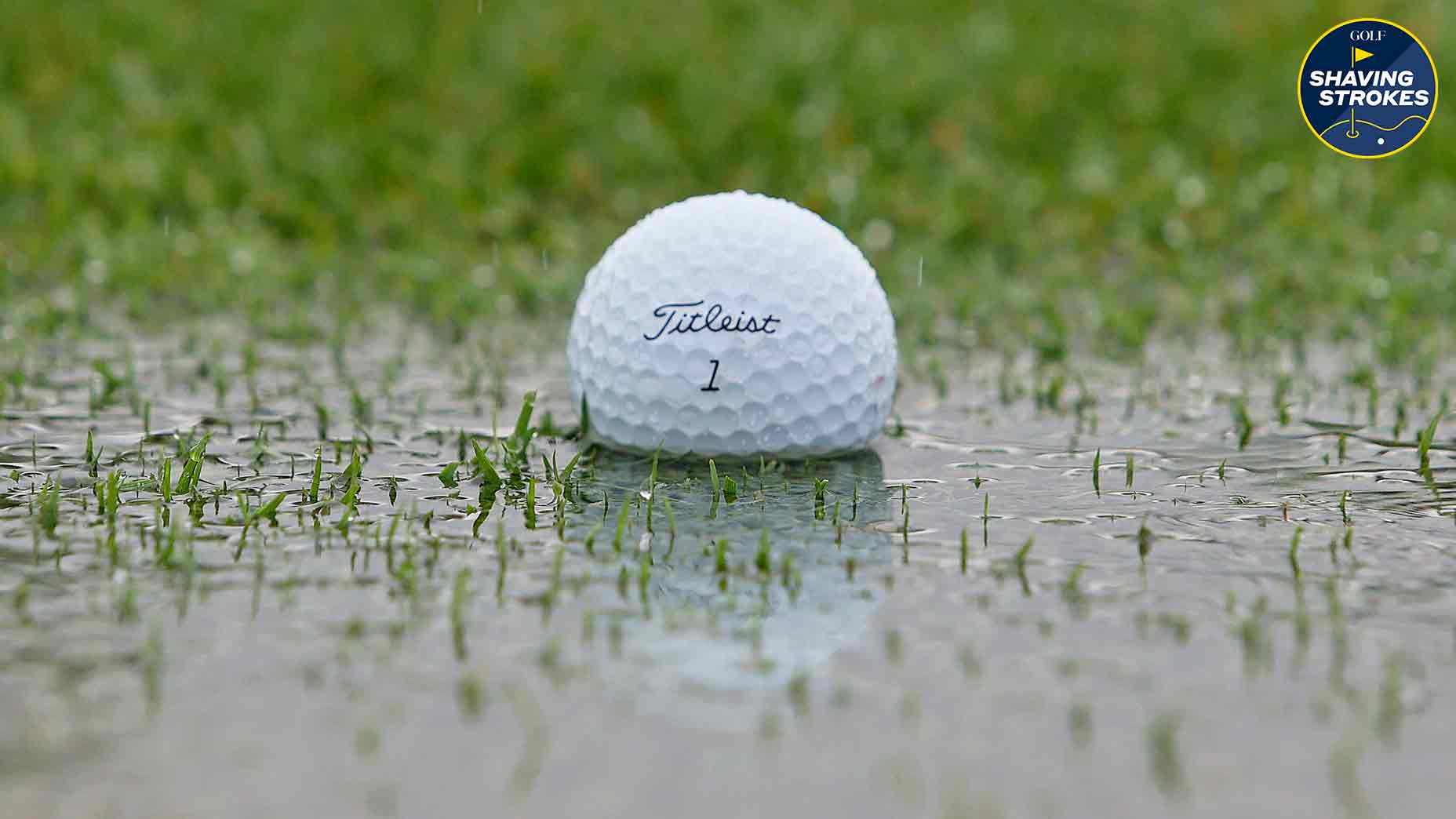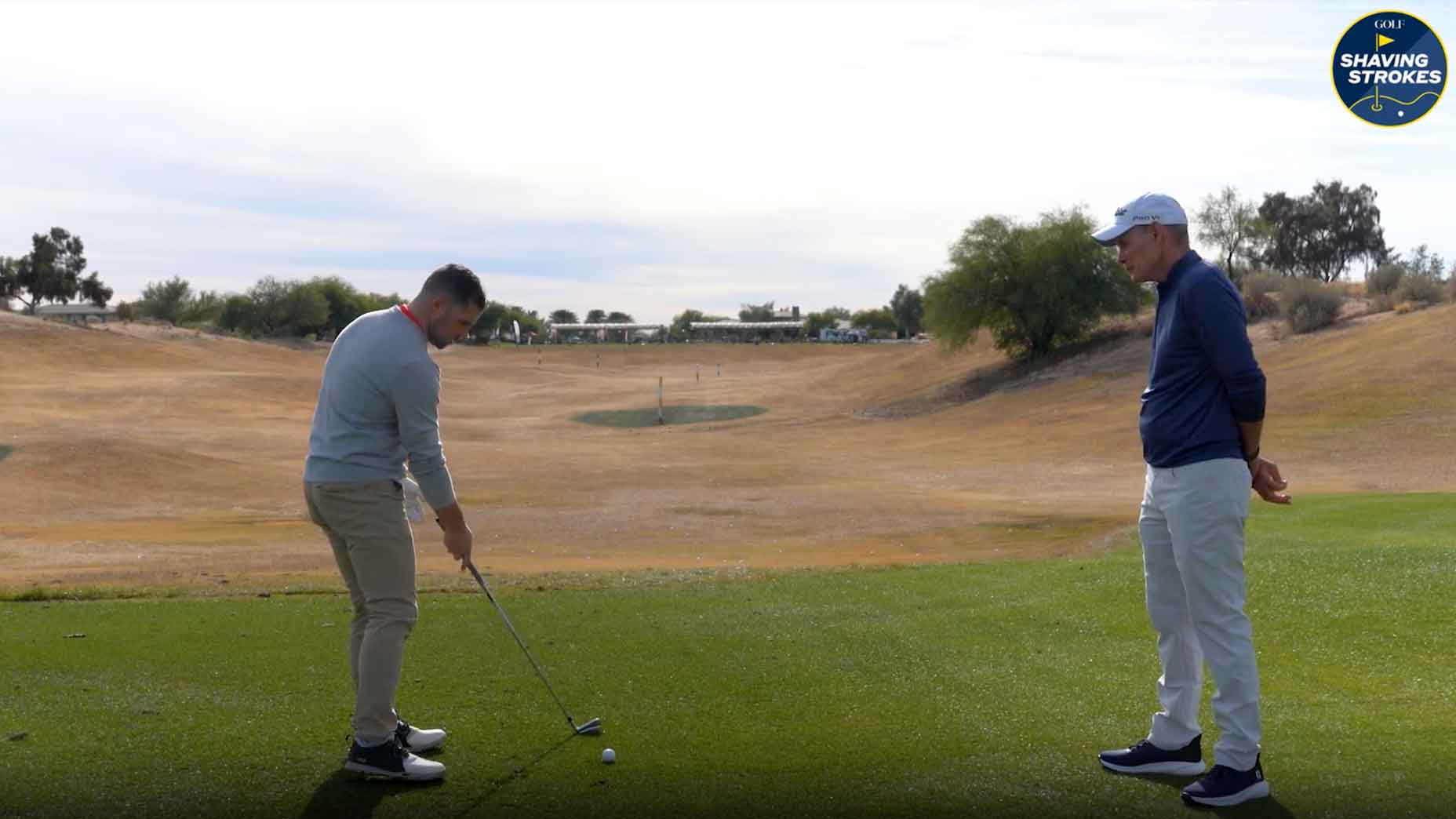These are the best golf courses in Mississippi, according to GOLF Magazine’s 2024-25 ranking by its expert panel of course raters. The post Best golf courses in Mississippi for 2024-25 appeared first on Golf. These are the best golf courses in Mississippi, according to GOLF Magazine’s 2024-25 ranking by its expert panel of course raters.…
3 ways to raise your golf IQ, and lower your scores in the process
GOLF Top 100 Teacher Tim Cooke says focusing on these 3 things will improve your golf IQ, make you a better player, and lead to lower scores.
The post 3 ways to raise your golf IQ, and lower your scores in the process appeared first on Golf.
GOLF Top 100 Teacher Tim Cooke says focusing on these 3 things will improve your golf IQ, make you a better player, and lead to lower scores.
The post 3 ways to raise your golf IQ, and lower your scores in the process appeared first on Golf.
If there’s one way to quickly lower your scores, it’s by improving your golf IQ — but what does that mean?
It means you take the time to correctly analyze the risk vs. the reward before a shot, understand the carry distances with each club in your bag, strategize a game plan, read the conditions (including weather and the lie), and then execute the appropriate shot.
Sounds easy, right? Yeah, anyone who’s a mid-handicapper like me knows nothing in this funny game comes easy — but, hey, that’s why we all grind to improve.
While raising your golf IQ takes time and effort, it can be accomplished. And with the help of GOLF Top 100 Teacher Tim Cooke, you can start to play smarter (and better!) by just assessing the shot and going from there. Cooke shares three tips on how to do so below.
Improve your golf IQ by following these tips
According to Cooke, one of the biggest differentiators between golfers of all levels comes down to something so simple: Decision-making.
“How well can a player assess the shot in front of them to increase their chances of a positive result?”, he says. “Oftentimes, I see the most average players strike the ball well, but the score results in a bogey or worse because of bad decisions.”
Working with both pros and recreational golfers, Cooke identified three environments to help players with their golf IQ, which can lead to better decision-making and chances of scoring better.
1. How does the ball lie on the ground?
This is the one that players of all abilities pay the least attention to — but can create the most havoc.
Ask yourself the following questions as you look down at the ball.
Is the ball on a slope that will impact its flight? For example, on a downhill lie, it will typically create a lower ball-flight, with it tailing just slightly right for a right-handed player.
Next, is the ball resting up nicely on the grass, or is it sitting down? This will help dictate how steep your attack angle must be to hit the shot cleanly, as well as the height of the shot you’re able to hit.
Finally, is the turf soft or firm? For most recreational players, a soft lie means you’ll want to play the ball slightly further back than normal in the stance — which helps encourage ball-first contact. In that same vein, is the ball and grass dry or wet? Water will reduce the spin rates, so the ball speed may jump.
2. What does the ball have to fly through to reach your target?
Windy or rainy weather and elevation changes impacts the ability of the ball to reach its landing spot — so always take this into account as you game plan for your shot.
Here’s a good guide for wind to help improve your golf IQ: When hitting into headwind, add one yard for every mile per hour. If you’re hitting with downwind, reduce the yardage by one yard for every two miles per hour of wind.
Also, are you playing at a significantly different altitude than your home course? As a rough guide, the ball flies two percent farther for every 1,000 feet of elevation. This must be taken into account as you assess the yardages on your shots.
3. Where is the ball landing to get close to the hole?
To help get your answer, ask yourself a very basic question: How far do I have to my target?
Say you have 100 yards to the flag and the hole is four yards from the short-side of the green. I suggest using the 5 percent guide to help determine your target selection — since you’re less likely to hit a good shot that ends up in short-sided trouble.
This means your target selection will be five yards from the edge of the green, but be sure to use common sense as well — if there’s water or a deep bunker on the short-side, simply make your target selection further than the five percent number.
With a little practice, you’ll be able to improve your golf IQ by evaluating the shot in less than 15 seconds. This helps you confidently step up to the ball and swing assertively toward your target.
Voice Caddie VC4 Golf GPS
$129.99
Equipped with high capacity battery that can last up to 54 holes. When the battery gets low, it calculates remaining holes and automatically goes into Power-Saving mode. Quick charge is available via USB-C charger which comes with the purchase.
View Product
The post 3 ways to raise your golf IQ, and lower your scores in the process appeared first on Golf.




